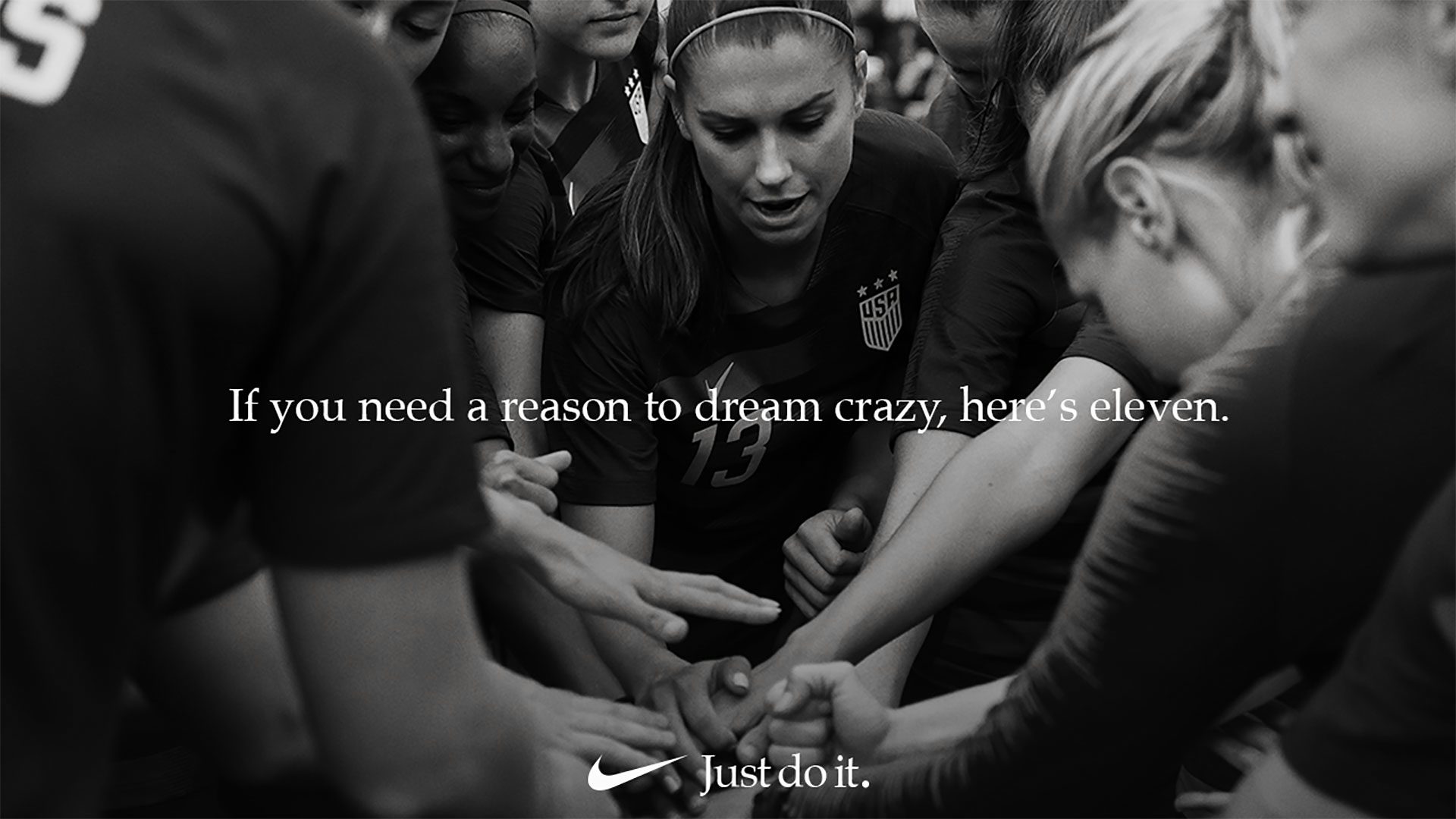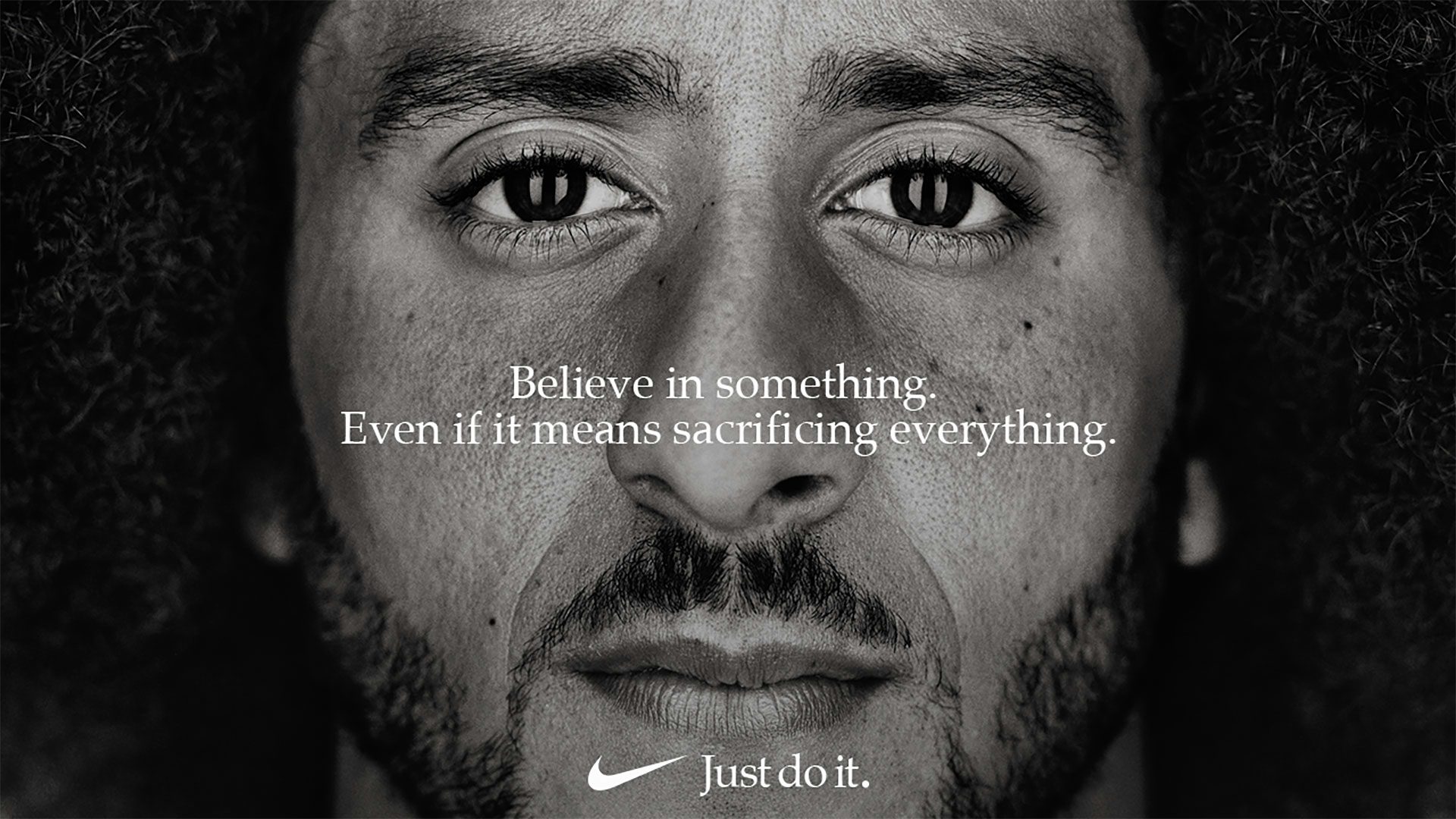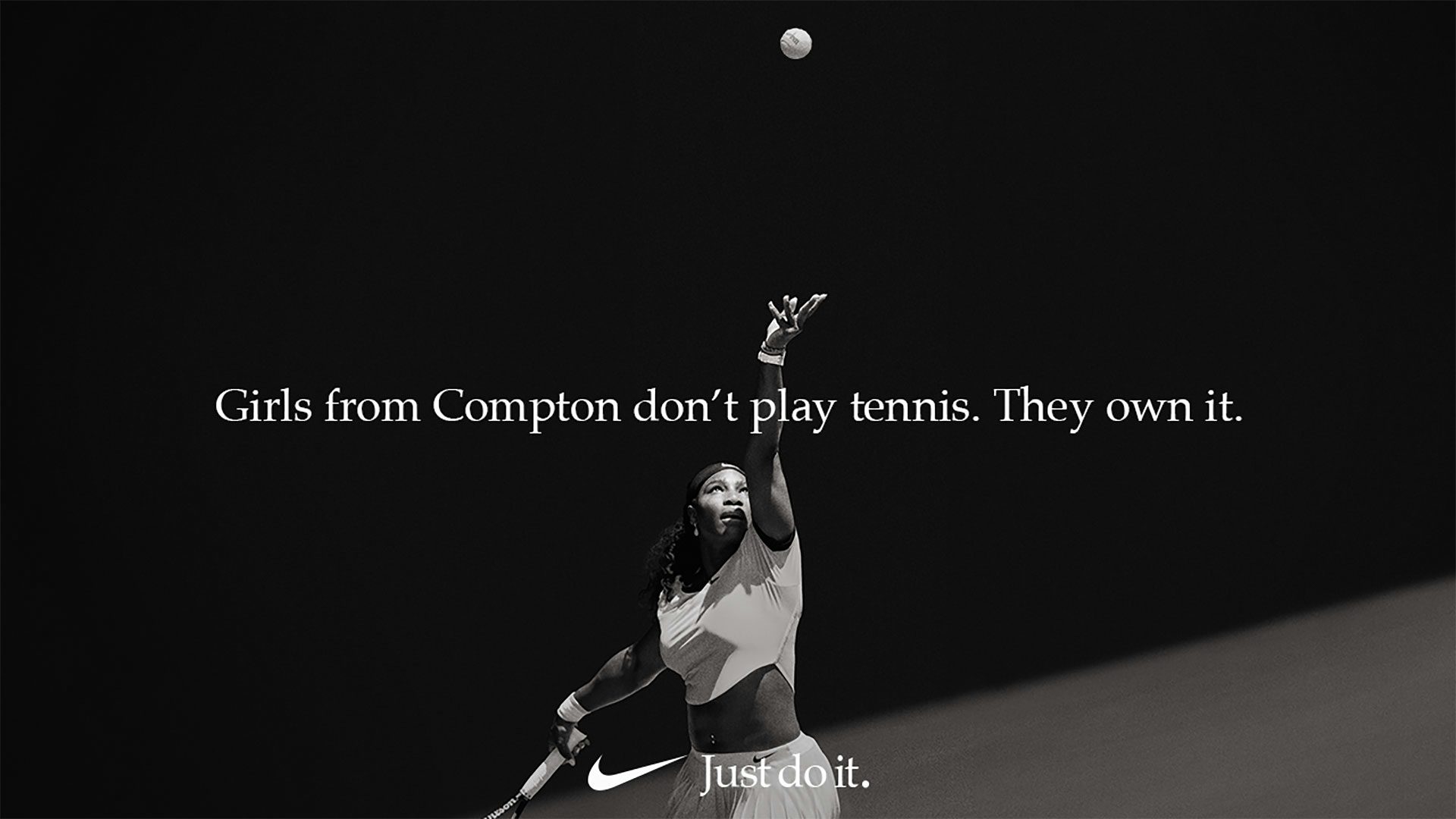How Nike stole this year’s sports brand crown
Turning its focus onto individual cities, such as in its Nothing Beats a Londoner ad, has given Nike a new lease of life this year. As a part of our Annual 2019 coverage, we look at what the brand has been doing right
It’s been a bit of a comeback year for Nike. Even as recently as 2017, the company was facing falling sales thanks to competition from up-and-coming brands like Under Armour and a resurgent adidas, which had been making greater headway on sports like football and generating buzz around high-profile fashion collaborations such as Kanye West’s Yeezy range.
In 2017, Nike announced a new strategy to help it better reach its core customer base, which it called the Consumer Direct Offense. Going against the grain of most big brands, which tend to obsess over having a global outlook, Nike decided to switch its focus to the local. The new strategy spotlights 12 major cities – New York, London, Shanghai, Beijing, Los Angeles, Tokyo, Paris, Berlin, Mexico City, Barcelona, Seoul and Milan – where the company expects as much as 80% of its growth to come from by 2020.
In a statement about the new strategy, Nike’s CEO Mark Parker said: “The future of sport will be decided by the company that obsesses over the needs of the evolving consumer.… Today we serve our athletes in a changing world: one that’s faster and more personal. This new structure aligns all of our teams toward our ultimate goal – to deliver innovation, at speed, through more direct connections.”
Alongside focusing its new product launches in these urban hotspots and adapting its stores to have more of a personal touch – such as its new flagship New York store which offers an on-site, bespoke shoe design service – the new strategy has also culminated in a more personalised approach to its marketing as well.
The most high-profile spot to come out of this shift so far is undoubtedly Nothing Beats a Londoner, the three-minute film by Wieden + Kennedy that is a hymn to what it means to be a young Londoner today. Everything about the ad was distinctly London, from the locations and the ethnic mix to the soundtrack and the spate of cameos by local celebs, and was a prime example of how a big brand can get its message across to a community in a genuine way.
Nike’s research process took things one step further than your average ad campaign, working with a local agency called On Road, which focuses on youth culture marketing, to tap into the spirit of being a young Londoner. “We explored estates, nosed around bedrooms, spent time in youth clubs and hung out on street corners to get the truest sense of people and place. Building a holistic image of young Londoners from countless conversations across the city, On Road translated these exchanges into tangible insights for both brand and agency. The final campaign has helped the brand regain a key foothold in the city, establishing a point of view, tone of voice and aesthetic authentic to London,” says the agency in a case study about the project on its website.
The future of sport will be decided by the company that obsesses over the needs of the evolving consumer
Writing about the effectiveness of Nike’s fresh approach earlier this year, Marketing Week columnist Mark Ritson said: “This is exactly the kind of marketing strategy so often missing from big brand thinking. A combination of laziness, strategic naivety and a steadfast belief in a big red book that tells them to target everyone because of science and stuff has resulted in an abject lack of good strategic decision-making in recent years. All too often these days the answers to these strategic questions are targeting everyone, being everything and achieving all.”
Despite the impact Nike has been making on a local level, the brand hasn’t been afraid of tackling the big issues over the past year either. 2018 marked the 30th birthday of its famous Just Do It slogan, first created by Wieden + Kennedy founder Dan Wieden in the 80s. The brand released a series of cracking ads to celebrate the occasion, breathing new life into the tagline and proving that it is as powerful a piece of branding as ever.
While the first spot, starring Serena Williams with a voiceover from her dad, was a perfectly scripted, emotional affair, it was Nike’s announcement of former NFL quarterback Colin Kaepernick as the new face of the campaign that undoubtedly made the biggest splash. The decision to feature Kaepernick in the ad was highly divisive, following him kneeling during the national anthem in protest against police violence to black Americans, and prompted criticism (including from President Trump) and applause in equal measure.
As CR columnist Nick Asbury wrote at the time, the move was a masterclass in how advertisers can go about provoking debate in the right way. “I’ve seen people saying ‘Yes! This is how you do brand purpose’. But it isn’t – it’s just how you do a good ad. Nike has always had pictures of athletes with an inspiring headline. This is exactly in that tradition – on brand and product-focused. Put Chelsea Manning in the ad instead of Colin Kaepernick and you would have a good example of a ‘brand purpose’ ad – co-opting an unrelated cause in a way that bears no relation to the brand. The message would be the same, but the cultural meaning would be radically different,” Asbury said.


Nike’s calculated risk ultimately paid off – ten days after the ad provoked calls for boycotts, the brand’s shares hit an all-time high, according to Bloomberg. The point is, it had enough confidence and understanding of its customer base to take that risk in the first place. Ultimately, aligning itself with a figure like Kaepernick was likely to animate far more of its customers than alienate them.
Perhaps it is only the combination of Nike’s two-pronged approach – looking at both the local and the universal – that has allowed it to make such a big comeback over the last year. Any successful brand will claim to know who their customer is. But what Nike has proved with its personalised retail offering and emotive and honest approach to advertising, is that it also knows what its customers really want.




